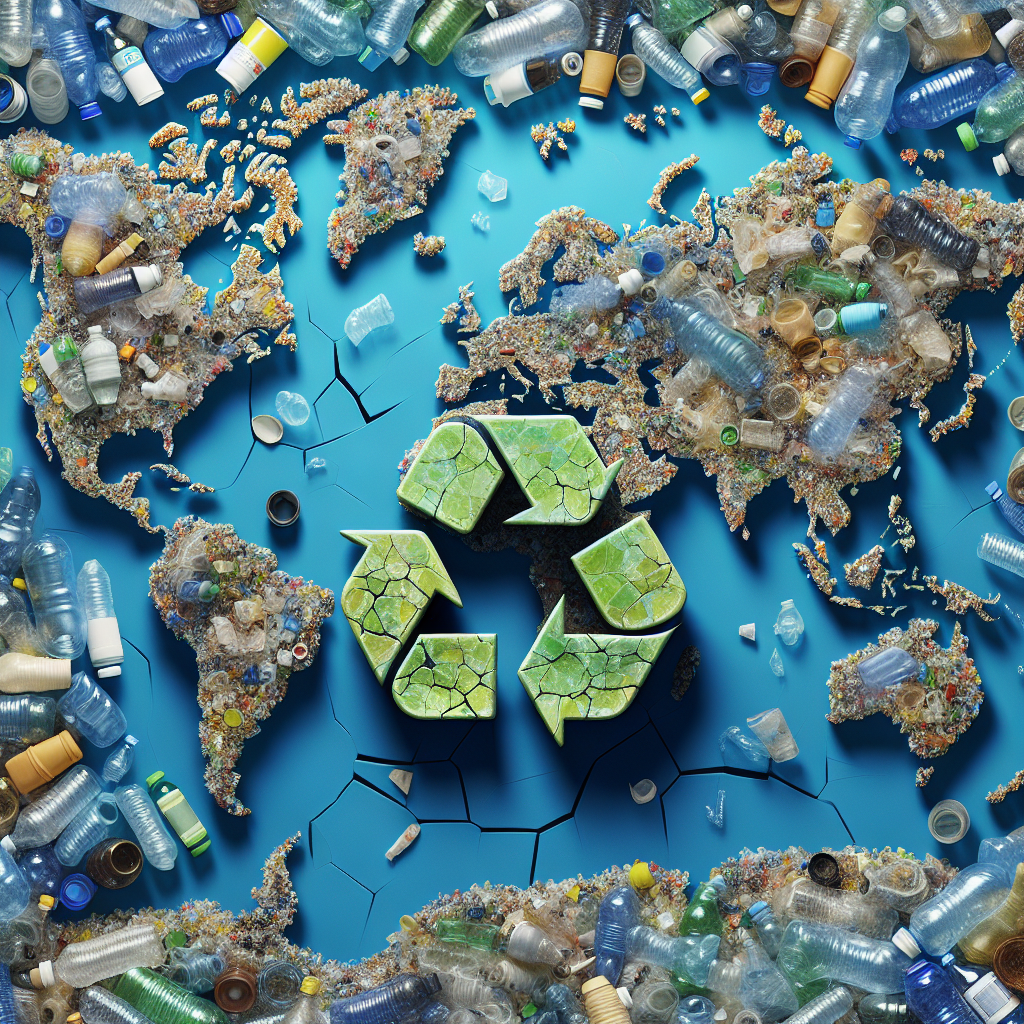The Mobro 4000’s journey began inconspicuously on March 22, 1987, as a standard waste disposal operation. Loaded with six million pounds of garbage and towed by the tugboat Break of Dawn, it set sail from Islip, New York, destined for Morehead City, North Carolina. However, the barge never arrived at its intended port, and instead became a five-month odyssey, marked by refusals from multiple states and three foreign countries to accept its cargo. This unusual situation caught widespread attention, with journalist Dan Rather dubbing it “the most watched load of garbage in the memory of man.” Interestingly, the prevailing narrative focused not on the real reason behind the refusals but rather on the alleged shortage of dump space that led to the Mobro’s predicament. Media narratives fueled public fear and concern about waste disposal and eventually acted as a catalyst for the burgeoning recycling movement.
While the Mobro became an emblem of a broader waste crisis, it also spotlighted how misinformation can drive societal changes. Instead of addressing the specific circumstances causing the Mobro’s rejection—namely, unsubstantiated rumors that it contained medical waste—the media’s narrative shifted the dialogue toward a supposed national garbage crisis. This diversion redefined public concerns, emphasizing the need for recycling as a viable solution. At that time, the nation was already wrestling with environmental concerns, and the Mobro incident undeniably added momentum to the recycling movement. Although statistics have long indicated that an extensive amount of America’s waste could fit within a relatively small area, the Mobro’s story transformed the way waste management and environmental issues were perceived.
Recent discussions have resurfaced about the efficacy and legitimacy of recycling, particularly concerning plastic waste. Ben Wright, writing for The Telegraph, argues that the concept of plastic recycling is unraveling and may indeed be a myth. He cites some troubling statistics from the UK: nearly 58 percent of plastic waste is incinerated, 14 percent is exported, 11 percent is buried in landfills, and just 17 percent is recycled. These figures paint a disconsolate picture of a system that many consumers believe is functional. In the U.S., the situation is even more dire, with investigative journalist John Stossel revealing that only about five percent of plastic is recycled. Even the environmental organization Greenpeace has stated that most plastics are simply not recyclable.
Why does this discrepancy between the perception and reality of recycling exist? Wright and Stossel emphasize the cost factors at play in plastic production versus recycling; plastic is cheap to produce, while recycling involves complex processes and higher costs. The multitude of different polymers and their unique recycling requirements complicates matters further, making the system inefficient and ineffective. With approximately 40,000 distinct man-made polymers in use, the intricacies of recycling plastics present insurmountable challenges for achieving widespread success in plastic recycling.
Contrary to popular belief, the environmental profile of plastic is nuanced. Dr. Chris DeArmitt, a leading plastic-materials scientist, suggests that plastics may not deserve their bad reputation. He contends that recycling isn’t necessary for making plastic “green”; many studies suggest plastic is more environmentally friendly than its alternatives. For instance, a 2019 study from Imperial College estimated that replacing plastic packaging with other materials would increase weight, energy use, and carbon emissions significantly. Additionally, plastic packaging, such as polyethylene shrink wrap, plays a crucial role in extending the shelf life of perishable items like cucumbers, which would require increased agricultural resources if plastic were banned.
As discussions about environmental impacts continue, it’s essential to evaluate the overall benefits of plastics critically. The material’s contributions in various applications—such as making cars lighter, providing insulation in homes, and reducing food waste—demonstrate its net positive environmental impact when assessed holistically. While plastics are indeed derived from fossil fuels and contribute a carbon footprint, Dr. DeArmitt cautions against viewing only the negative aspects. He argues that a balanced view is necessary, as an exclusive focus on the downsides—such as carbon emissions—can misrepresent the total environmental picture. Awareness about these issues is pivotal to debunking myths, refining environmental strategies, and addressing the complexities surrounding waste management and recycling, ultimately leading to a more informed public understanding.

